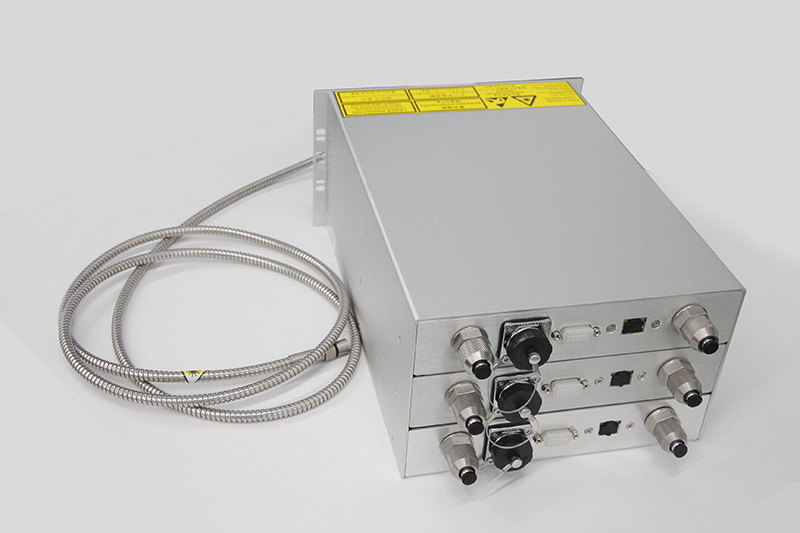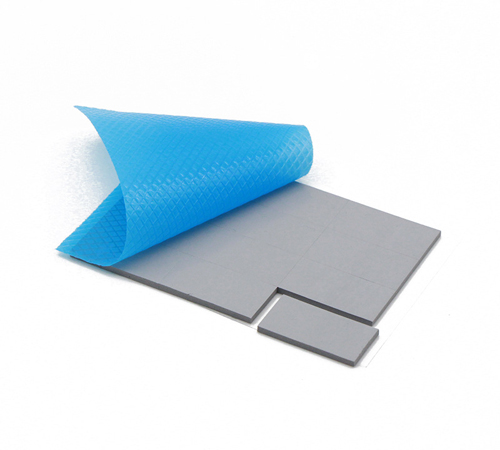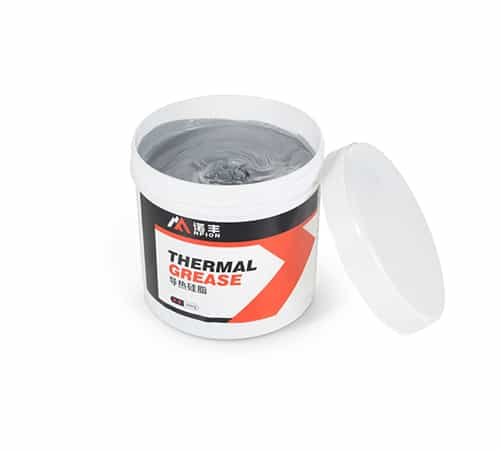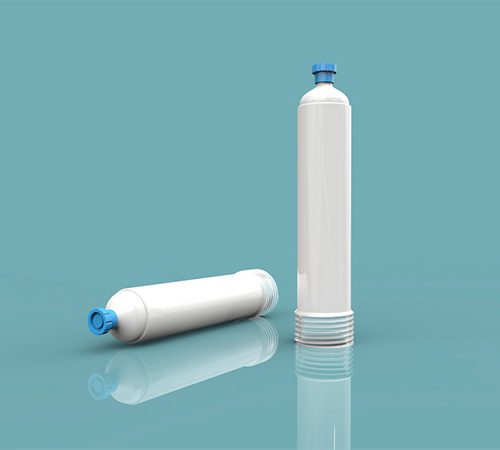How to Solve Overheating in Fiber Lasers
Author:NFION
Date:2024-11-25 15:54:12

Fiber lasers are widely used in industrial processing, telecommunications, and medical fields. However, due to their high-power output and long operating durations, they can generate a significant amount of heat. If temperature control is inadequate, the performance, reliability, and even the integrity of the equipment may suffer. Understanding the causes of overheating and implementing effective solutions is essential for the stable operation of fiber lasers. This article explores the causes, impacts, and countermeasures for overheating in fiber lasers.
Main Causes of Overheating in Fiber Lasers
1. High Power Output Generates Excess Heat
Fiber lasers operating at high power outputs dissipate some energy as heat despite their high energy conversion efficiency. This heat, if not promptly removed, accumulates inside the equipment, leading to increased temperatures.
2. Inadequate Thermal Management Design
The thermal management system, including heat sinks, coolant, heat pipes, or fans, is a critical component of fiber lasers. Poor design or the use of low-performance thermal materials can hinder effective heat dissipation, causing overheating.
3. High Ambient Temperature
High environmental temperatures or poor ventilation conditions can directly affect the efficiency of the thermal management system. External heat accumulation, especially in summer or high-temperature environments, exacerbates internal temperature rise.
4. Inferior Thermal Interface Materials
Thermal interface materials (e.g., thermal grease, thermal interface pads) between components may impede heat transfer if their performance is subpar or if they are improperly applied, resulting in localized overheating.
5. Improper Operating Conditions
Long-term overloading or frequent start-stop cycles can impose excessive thermal stress on internal components, leading to abnormal temperature increases.
Impacts of Overheating in Fiber Lasers
1. Performance Degradation
Excessive heat can adversely affect the output power and beam quality of fiber lasers, reducing processing precision and efficiency.
2. Shortened Lifespan
Prolonged high-temperature operation accelerates the aging of critical components (e.g., pump sources, fiber amplifiers), shortening the laser’s service life.
3. Safety Hazards
Overheating may lead to fiber melt damage, electrical failures, or even fire hazards, posing safety risks.
4. Increased Costs
Damage from overheating results in frequent repairs or component replacements, driving up operational costs and potentially causing production downtime.
Solutions to Fiber Laser Overheating
1. Optimize Thermal Management Design
● Enhance Heat Sink Efficiency: Use high-conductivity materials (e.g., copper, aluminum substrates) to improve thermal conductivity.
● Improve Air or Water Cooling Systems: Ensure proper ventilation for air cooling, or use closed-loop water cooling systems for high-efficiency heat dissipation.
● Apply Heat Pipe Technology: Quickly transfer heat to dissipation zones using heat pipes to enhance overall thermal efficiency.
2. Use High-Performance Thermal Interface Materials
● Apply high thermal conductivity materials (e.g., thermal gels, thermal grease, thermal interface pads) between heat sources and heat sinks to reduce thermal resistance and improve heat transfer.
● Regularly inspect and replace thermal interface materials to prevent aging or improper installation.
3. Improve Operating Environment
● Ensure adequate ventilation and prevent direct sunlight or heat sources from affecting the fiber laser.
● Install environmental cooling devices (e.g., air conditioners) or improve overall workshop ventilation in high-temperature conditions.
4. Implement Real-Time Temperature Monitoring and Auto-Protection
● Install temperature sensors and automatic control systems for real-time temperature monitoring.
● Utilize automatic protection mechanisms (e.g., over-temperature alarms, automatic power reduction, or shutdown) to prevent damage caused by excessive heat.
5. Adjust Operating Parameters and Processes
● Set laser power and operating times according to equipment specifications to avoid overloading.
● Develop regular maintenance schedules to inspect key components, including heat sinks and cooling systems.
Preventive Measures and Long-Term Maintenance
1. Regular Equipment Maintenance
● Clean fans, heat sinks, and other critical thermal components regularly to prevent dust or debris accumulation from impairing heat dissipation.
● Check the water quality and pipeline condition of cooling systems to avoid blockages or corrosion.
2. Upgrade Thermal Technologies
● Introduce advanced cooling solutions, such as phase change materials or nano-thermal materials, to enhance overall performance.
● Use intelligent cooling systems for optimized temperature management.
3. Training and Standardized Operations
● Train operators to handle equipment professionally and adhere to operating guidelines to minimize overheating issues caused by misuse.
● Emphasize the importance of temperature management and develop detailed thermal control protocols.
Conclusion
As a high-precision, high-efficiency core device, fiber lasers are directly impacted by temperature management in terms of performance and lifespan. To address overheating, businesses should combine thermal optimization, material upgrades, and environmental improvements while maintaining regular inspections and adherence to operating standards. Effective thermal management not only extends the equipment’s service life but also enhances productivity, creating greater value for enterprises.
 CN >
CN >



